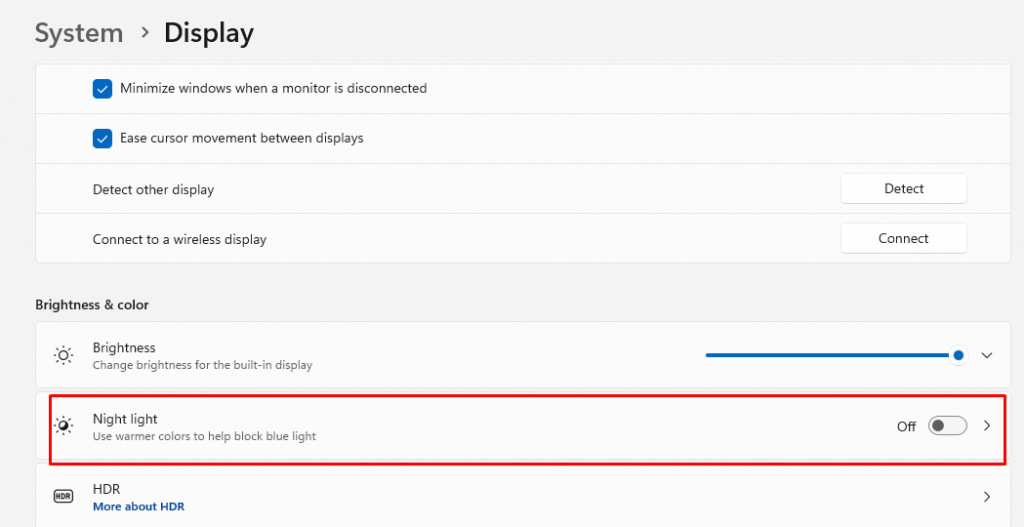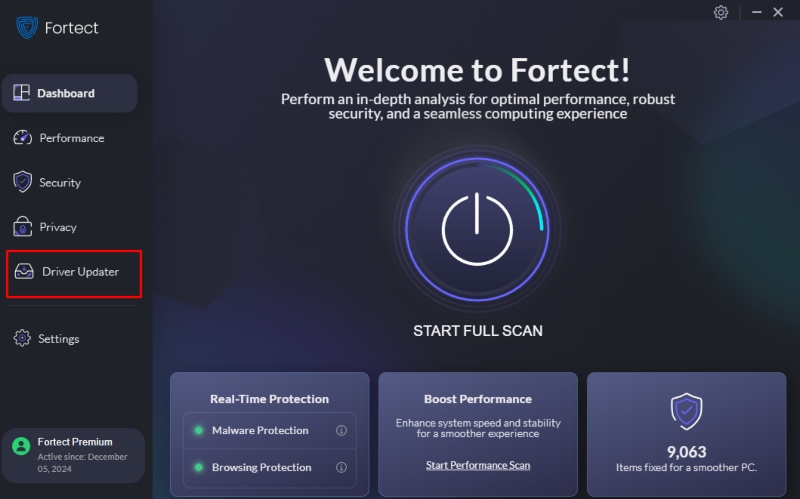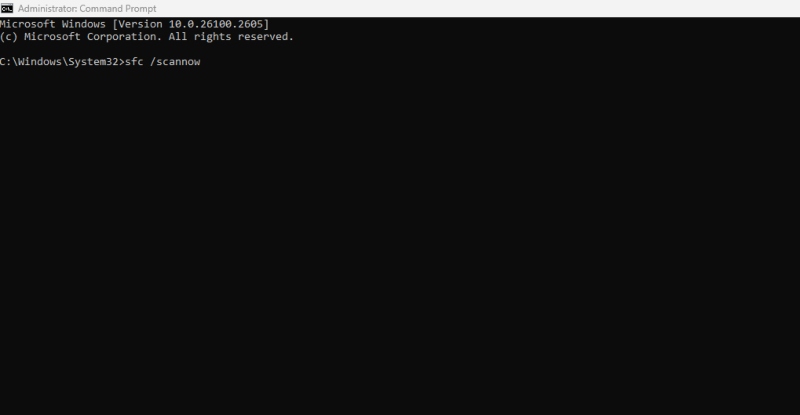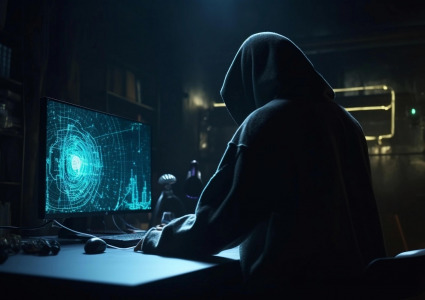SOLVED: Windows Night Light Not Working
Night light not working on your Windows 10 or 11 PC? You’re not the only one. Whether the toggle is grayed out, nothing changes when it’s on, or the schedule just doesn’t work, this handy feature can be annoyingly buggy.
Don’t worry, though, I’ve rounded up the simplest and most effective ways to fix it without diving into tech rabbit holes. Let’s get your screen to wind down properly at night again.
Why Night Light Stops Working?
Before jumping into fixes, it helps to know why Night light acts up. Here are the usual suspects:
- Display drivers are outdated or glitchy
- Location services are off (needed for scheduling)
- System files are corrupt
- Conflicting settings or apps mess with display behavior
Now, let’s fix it step by step, or rather, fix it with fewer steps!
1. Turn It Off and Back On (Yes, Really)
It sounds cliché, but toggling Night Light off and on again can kick it back into gear.
Try this:

- Go to Settings > System > Display
- Under Brightness & color, toggle Night Light off, then on
- Click Night light settings to check or reset your schedule
If that works, great! If not, let’s go a bit deeper.
2. Restart Windows Explorer
This simple move refreshes your display interface, sometimes it’s just frozen.
- Press Ctrl + Shift + Esc to open Task Manager
- Scroll to Windows Explorer, right-click it, and hit Restart
Now try turning the Night Light on again.
3. Update Your Display Driver
Your graphics driver plays a huge role in how display settings work and break.
Do this:
- Right-click the Start button > Device Manager
- Expand Display adapters
- Right-click your graphics driver > Update driver
Or better yet, invest in a third-party PC repair with a built-in driver updater feature such as Fortect.
Fortect automatically scans all installed drivers on your Windows PC and identifies which ones are corrupted and outdated, and automatically updates them from a safe place while optimizing your PC.

Download Fortect now for automatic driver scanning and automatic repair.
4. Enable Location for Scheduling
If you’re using the “Sunset to sunrise” option and it won’t work, make sure your location services are on:
- Go to Settings > Privacy & Security > Location
- Turn Location services to On
- Scroll down and make sure System Services has location access
Now Night Light can follow your local sunset time properly.
5. Run a Quick System Scan
If you prefer to try fixing it manually before using a repair tool:

- Open Command Prompt as an administrator
- Type: sfc /scannow
- Hit Enter and wait for the scan to finish
Corrupted files are one of the sneakier reasons Night Light can misbehave.
Final Thoughts
Night Light is one of those little features that quietly make life better until it stops working. Luckily, getting it back on track doesn’t have to be a hassle. From quick setting tweaks to updating your drivers, or letting a trusted repair tool like Fortect do the heavy lifting, the fixes are simple and effective.
Let your screen wind down with you. You deserve a better night’s sleep.




